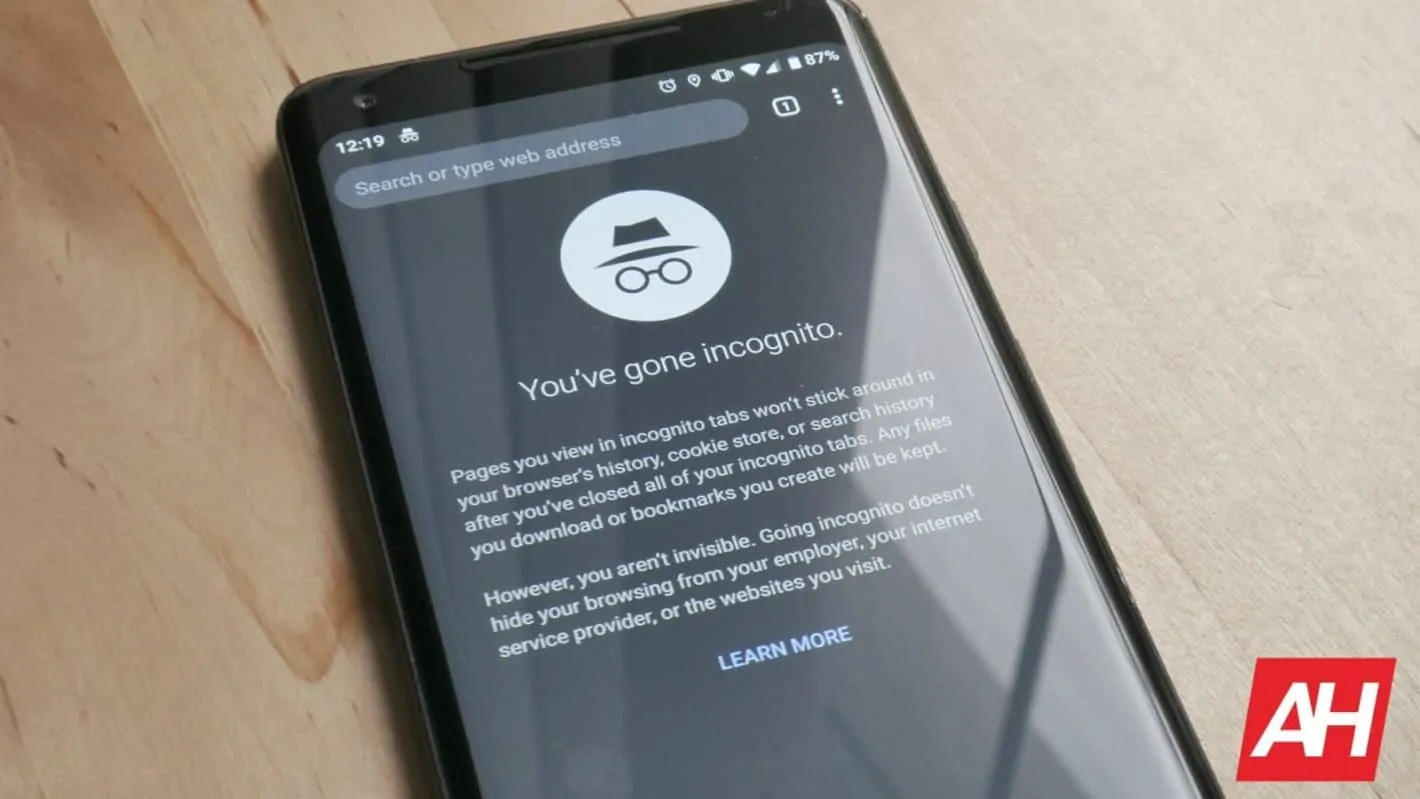Google has agreed to delete or anonymize Chrome web browser user records, collected particularly in “Incognito” mode. The search giant has dodged a $5 billion settlement, but the company may not be in the clear just yet.
According to a proposed class action settlement filed this week, Google will strip user identification markers off web browsing history or delete it completely. A lawsuit, filed four years ago, reiterated how Google continued to collect user data even when the Chrome web browser was in Incognito mode.
Google to delete identification marks but will retain browsing history?
Google will be held to a much higher standard of transparency and accountability owing to a class action lawsuit settlement. Filed in 2020, the Brown Vs. Google’s lawsuit is instrumental in stressing how the search giant continued to track users and their web browning even though they had switched on Incognito mode.
Thousands of Google account holders were part of a class action lawsuit, whose settlement value is pegged at $5 billion. Google has shielded itself from the financial penalty, for the time being.
🚨BREAKING: Historic privacy settlement in which Google agrees to delete browsing data collected in Incognito Mode and more. Quotes:
➡️"Google with this Settlement agrees to rewrite its disclosures to inform users that “Google” collects private browsing data, including by… pic.twitter.com/CXkA4Z40uZ
— Luiza Jarovsky (@LuizaJarovsky) April 1, 2024
Google is yet to comply fully with the proposed settlement. However, it forces Google to address data it collects while the Chrome web browser is in private browsing mode. The company would have to delete the data or remove any user identifiers. Data from December 2023 and earlier is at stake here.
The lawsuit may have failed to make Google pay $5 billion. However, individuals can still file claims for damages in California state court. Incidentally, over 50 individuals have reportedly filed claims, and more are expected to do so.
Google to stop excessive snooping in Incognito mode and let users block cookies
Moving forward, Google will let users block third-party cookies, by default, when they browse in Incognito mode. Additionally, the proposed settlement stops Google from tracking users on outside websites while in private browsing.
As expected, Google has strongly refuted collecting data that can be used to identify users, especially during their private browsing sessions. While commenting on the settlement, Google spokesperson José Castañeda said, “We never associate data with users when they use Incognito mode. We are happy to delete old technical data that was never associated with an individual and was never used for any form of personalization.”
Breaking: @Google has agreed to rework #Chrome #Incognito disclosures and delete billions of data records that reflect class members’ private browsing, in what plaintiffs called a "historic" #privacy settlement. pic.twitter.com/I9nzowAeJa
— Mike Swift (@Swiftstories) April 1, 2024
Needless to say, the statement dodges the primary concerns of Google Chrome web browser users. Based on the statement, it is clear that Google collects data even when the users turn on Incognito mode. Incidentally, Google has never claimed it ensures zero data collection when the Chrome web browser is in Incognito mode.
Simply put, the Incognito or private browsing mode does not stop Google from collecting data, as many have come to assume. Moreover, Google has a disclaimer that states browsing data is always exposed, irrespective of the browsing mode. The Incognito mode merely ensures there are no local records of the web browsing sessions.
Incidentally, Google has already started disclosing the limits of its private browsing services. However, given the open-endedness of the settlement, the company might not be off the hook just yet.


